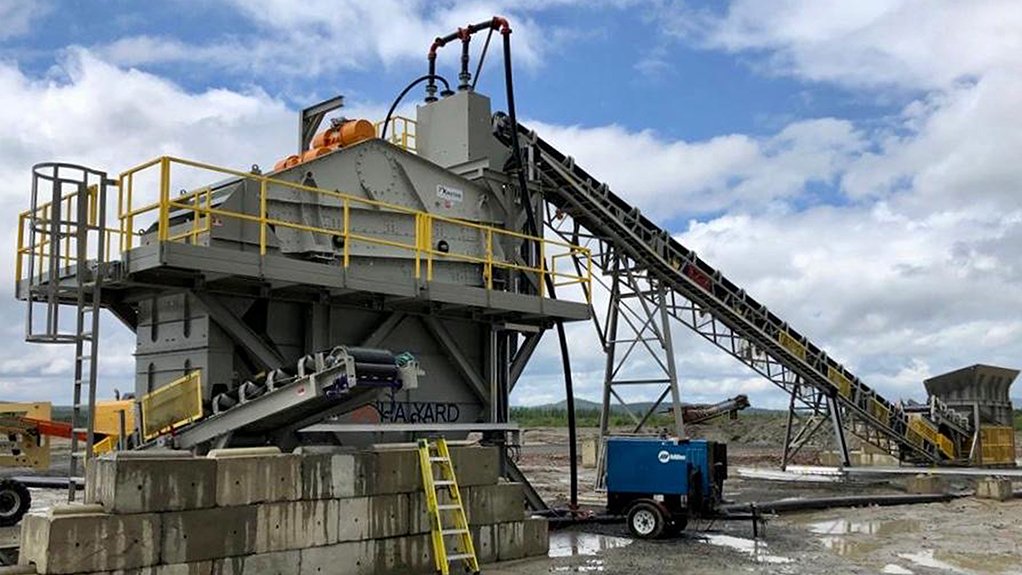Larger, engineered-for-tonnage screens are growing in popularity, as they are seen to reduce the number of processing modules and the level of infrastructure required, especially on megaprojects.
Mineral process plant designs are favouring higher-capacity vibrating screens and a more holistic approach to plant optimisation, according to screen specialist Kwatani.
The company contends that vibrating screens are the ‘glue’ that integrates various unit processes, from bulk materials handling to optimally liberated comminution and pre-concentration and that higher capacity is becoming the new design standard for greenfields projects.
Kwatani highlights that there is greater demand for reliability and uptime in these mission-critical machines, as well as an expectation of longer life-span and that this requires bespoke solutions that address site-specific conditions, while leveraging digital technology for real-time monitoring and control.
Specific conditions include waterless beneficiation in arid Mauritania, where Kwatani’s screens operate completely dry in an iron-ore plant. In South Africa and Botswana, the company has retrofitted dewatering screens to reduce water consumption, while increasing output by 40% on the same footprint. The company also recently designed screens for exceptional ore characteristics in a precious metal beneficiation facility in Canada that required a high level of customisation, in both the screening media and in the mechanical design.
In another recent project in a remote mine location, the company used special hard-wearing materials for the construction of the screening equipment and included components that would provide early warning of wear.
Kwatani emphasises that three-dimensional modelling is integral to its quality management systems and that it conducts finite element analysis to verify the engineering integrity of its equipment. It also conducts in-house testing of its screens to ensure that the units perform to design specifications under ideal conditions.
The company outlines that its research and development unit is currently working on projects to suit its designs for novel crushing and grinding technologies, which it sees as changing the whole approach to the process flow of future plants.
The company is also incorporating digital technologies to facilitate remote monitoring and control of its vibrating screens and is piloting a service application for mobile phones, which aims to help operations to predict maintenance needs more accurately and drive down the total cost of ownership, by gathering data that can be used in future design improvements.
EMAIL THIS ARTICLE SAVE THIS ARTICLE
To subscribe email subscriptions@creamermedia.co.za or click here
To advertise email advertising@creamermedia.co.za or click here













